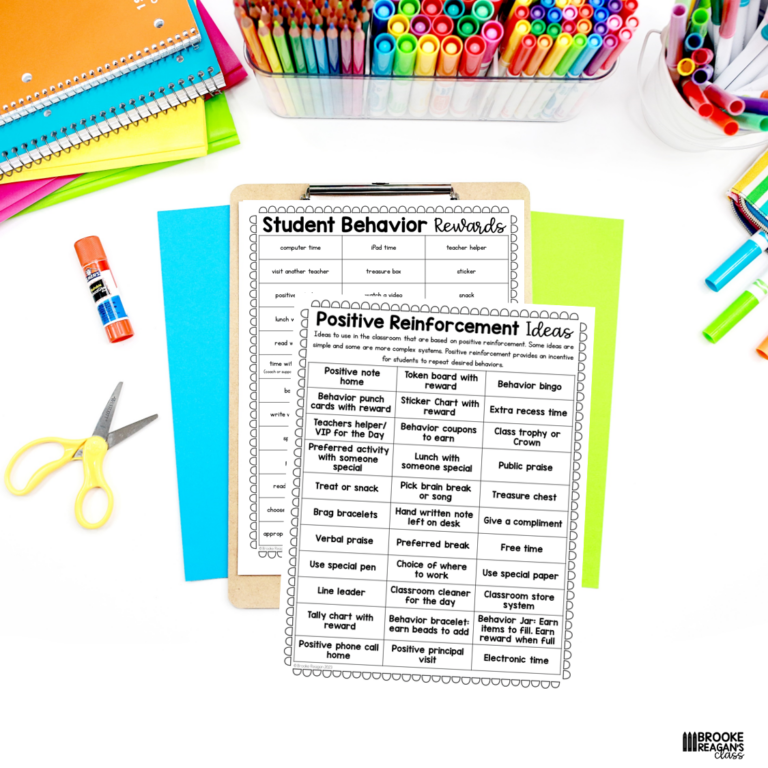

A lot of us have experienced that sinking feeling of receiving a behavior note home from school. It often signals a negative incident, a disagreement, or a disruptive behavior. But what if I told you that these behavior notes can be transformed from mundane reports into powerful communication tools that promote understanding, collaboration, and positive change in student behavior?
While behavior notes home from school have long been used as a means of communication between teachers and parents, it is important to acknowledge their inherent limitations. These traditional behavior notes often focus solely on the negative incidents or disruptive behaviors, creating a one-dimensional view of a student’s behavior that may not accurately represent their overall progress or potential.

Sending notes home sporadically, such as only when there is a negative incident, fails to provide an accurate representation of long-term progress and growth. This may result in missed opportunities to appropriately acknowledge positive behavior and reinforce desirable actions.
Behavior notes should serve as more than just a record of negative behaviors; they should provide a holistic view of the child’s strengths and areas for growth. Incorporating positive reinforcement in behavior notes allows parents to recognize the progress their child is making, further motivating and encouraging future growth.

Like the behavior note above, providing a balanced perspective and acknowledging and celebrating positive behaviors that have been observed. This helps promote a positive mindset with families when we have to also address behaviors that need improvement. A balance between providing constructive feedback and acknowledging the child’s strengths and progress is key. While it is essential to address any negative behaviors or challenges, it is equally important to recognize and celebrate the positive aspects of a child’s behavior.

This balanced approach not only helps parents see the bigger picture but also fosters a sense of encouragement and motivation for both the child and the parents.
By understanding the limitations of traditional behavior notes and harnessing the power of effective communication home, we can break the cycle of ineffective communication and open the doors to understanding, collaboration, and positive change. Through key elements such as clarity, empathy, and constructive feedback, we can build collaboration and trust with parents, promoting a united front in supporting our students.

Grab these powerful communication notes home today and start building a positive and informative relationship with your families!

Sign up to receive over 35 ready to use student rewards to boost motivation, promote positive behavior and create a fun learning environment.